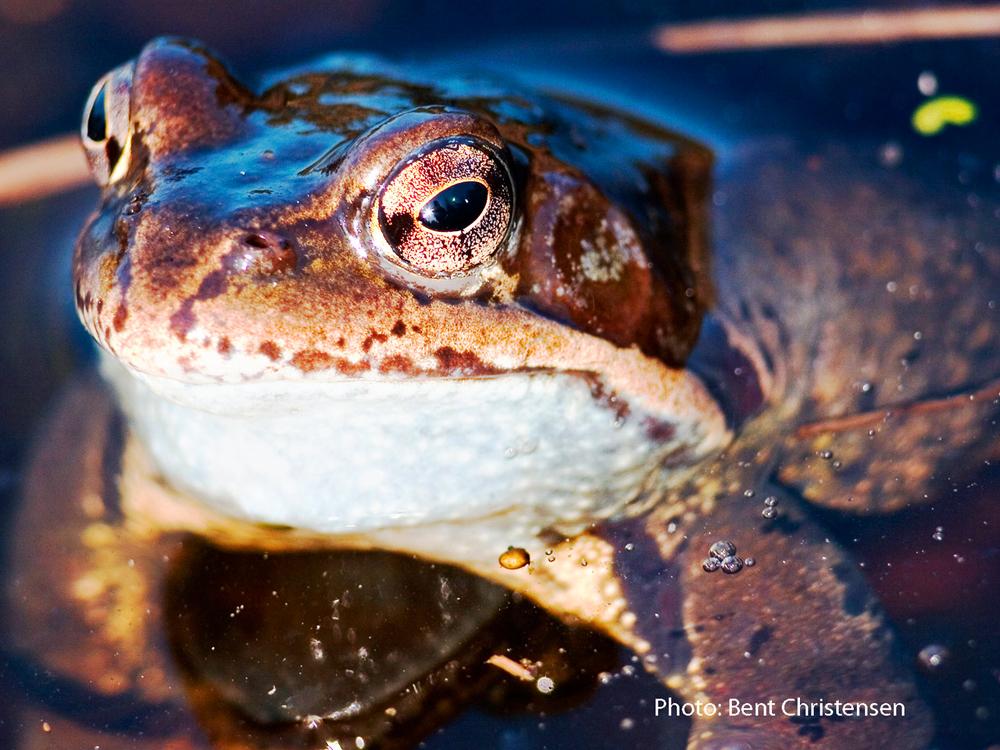Adaptive plasticity is essential for many species to cope with environmental heterogeneity. In particular, developmental plasticity allows organisms with complex life cycles to adaptively adjust the timing of ontogenetic switch points. In this study, the physiological mechanisms underlying divergent degrees of developmental plasticity across Rana temporaria island populations inhabiting different types of pools in northern Sweden is investigated. In a laboratory experiment it was estimated developmental plasticity against pond drying of amphibian larvae from six populations coming from three different island habitats: islands with only permanent pools, islands with only ephemeral pools, and islands with a mixture of both types of pools. It was found that populations from islands with only temporary pools had a higher degree of developmental plasticity than those from the other two types of habitats. Tadpoles from islands with temporary pools showed lower constitutive activities of catalase and glutathione reductase, and also showed overall shorter telomeres. The observed differences are indicative of physiological costs of increased developmental plasticity, suggesting that the potential for plasticity is constrained by its costs. Thus, high levels of responsiveness in the developmental rate of tadpoles have evolved in islands with pools at high but variable risk of desiccation. Moreover, the physiological alterations observed may have important consequences for both short-term odds of survival and long term effects on lifespan. informacion[at]ebd.csic.es: Burraco et al (2017) Physiological mechanisms of adaptive developmental plasticity in Rana temporaria island populations. BMC Evol Biol doi: 10.1186/s12862-017-1004-1
https://bmcevolbiol.biomedcentral.com/articles/10.1186/s12862-017-1004-1

 Las altas temperaturas están provocando que las lagunas y las marismas de Doñana pierdan agua rápidamente
Las altas temperaturas están provocando que las lagunas y las marismas de Doñana pierdan agua rápidamente




